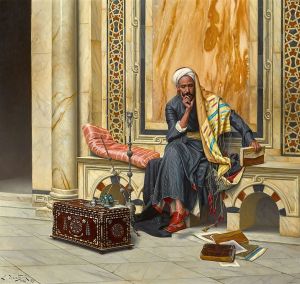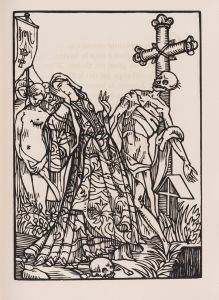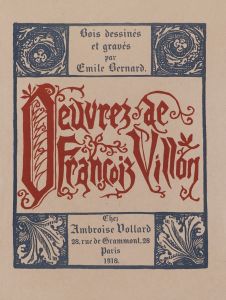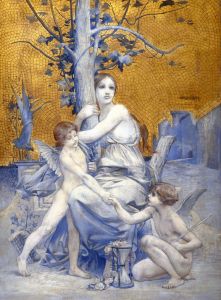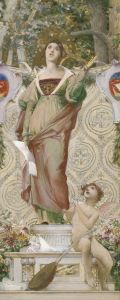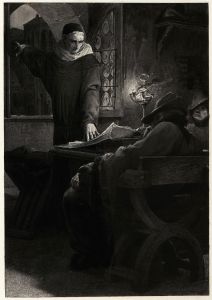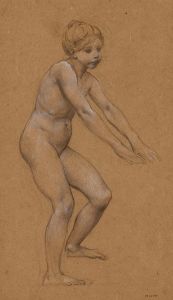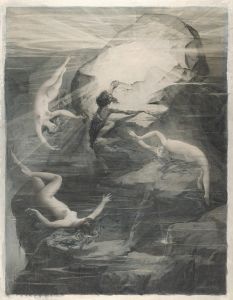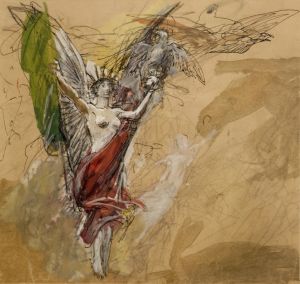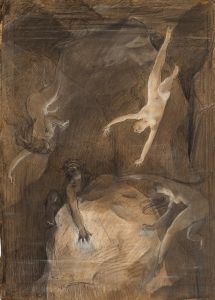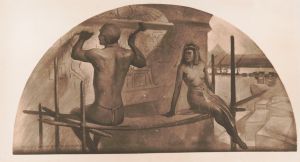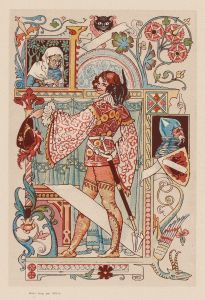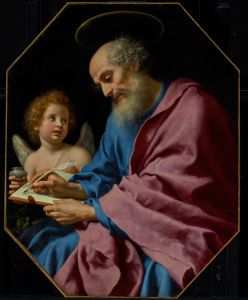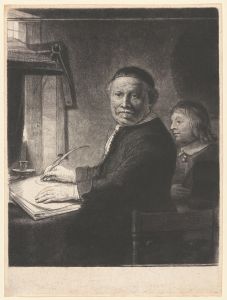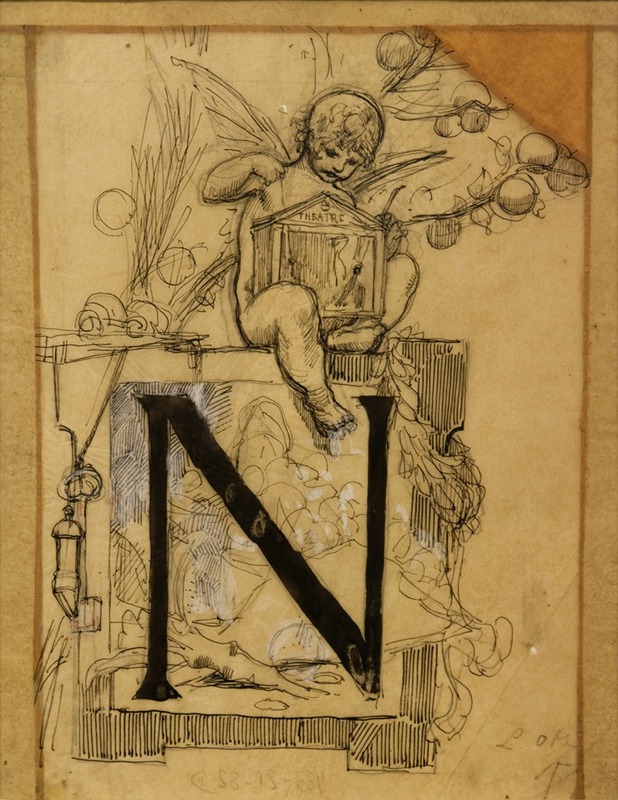
Lettre ornée N
A hand-painted replica of Luc-Olivier Merson’s masterpiece Lettre ornée N, meticulously crafted by professional artists to capture the true essence of the original. Each piece is created with museum-quality canvas and rare mineral pigments, carefully painted by experienced artists with delicate brushstrokes and rich, layered colors to perfectly recreate the texture of the original artwork. Unlike machine-printed reproductions, this hand-painted version brings the painting to life, infused with the artist’s emotions and skill in every stroke. Whether for personal collection or home decoration, it instantly elevates the artistic atmosphere of any space.
Luc-Olivier Merson was a notable French painter and illustrator, recognized for his contributions to the Symbolist movement in the late 19th and early 20th centuries. Born in Paris on May 21, 1846, Merson was the son of Charles-Olivier Merson, a painter and art critic. Luc-Olivier Merson studied under Gustave Chassevent-Bacques and Isidore Pils at the École des Beaux-Arts in Paris, where he honed his skills and developed a distinctive style that would later define his artistic career.
Merson's work is characterized by its meticulous attention to detail and often features historical, religious, and allegorical themes. He gained significant recognition for his painting "Rest on the Flight into Egypt," which won the prestigious Prix de Rome in 1869. This accolade allowed him to study at the Villa Medici in Rome, further influencing his artistic development.
One of Merson's notable works is "Lettre ornée N," which exemplifies his skill in combining intricate detail with symbolic elements. While specific information about "Lettre ornée N" is limited, it is understood to be part of a series of illuminated letters or decorative alphabets that Merson created. These works often featured elaborate designs and were used in various publications, showcasing Merson's ability to blend fine art with graphic design.
Merson's illuminated letters were highly regarded for their artistic quality and were used in a variety of contexts, including book illustrations and decorative prints. His work in this area reflects the broader trend of the late 19th century, where artists sought to elevate the status of illustration and applied arts to that of fine art. Merson's contributions to this movement were significant, as he demonstrated that illustration could possess the same level of artistic merit as traditional painting.
In addition to his work with illuminated letters, Merson was also involved in other artistic endeavors. He designed postage stamps, banknotes, and posters, further showcasing his versatility as an artist. His design for the French 100 Francs banknote, featuring the allegorical figure of "La Semeuse" (The Sower), became iconic and was used for several decades.
Merson's influence extended beyond his own work, as he taught at the École des Beaux-Arts and mentored a generation of artists who would carry forward his artistic ideals. His dedication to both fine art and applied art helped bridge the gap between these two disciplines, contributing to the broader acceptance of illustration as a legitimate form of artistic expression.
Luc-Olivier Merson passed away on November 13, 1920, in Paris, leaving behind a legacy of artistic innovation and a body of work that continues to be appreciated for its beauty and craftsmanship. His contributions to the art world, particularly in the realm of illustration and decorative arts, remain influential, and his works are held in various public and private collections, ensuring that his artistic vision endures.





